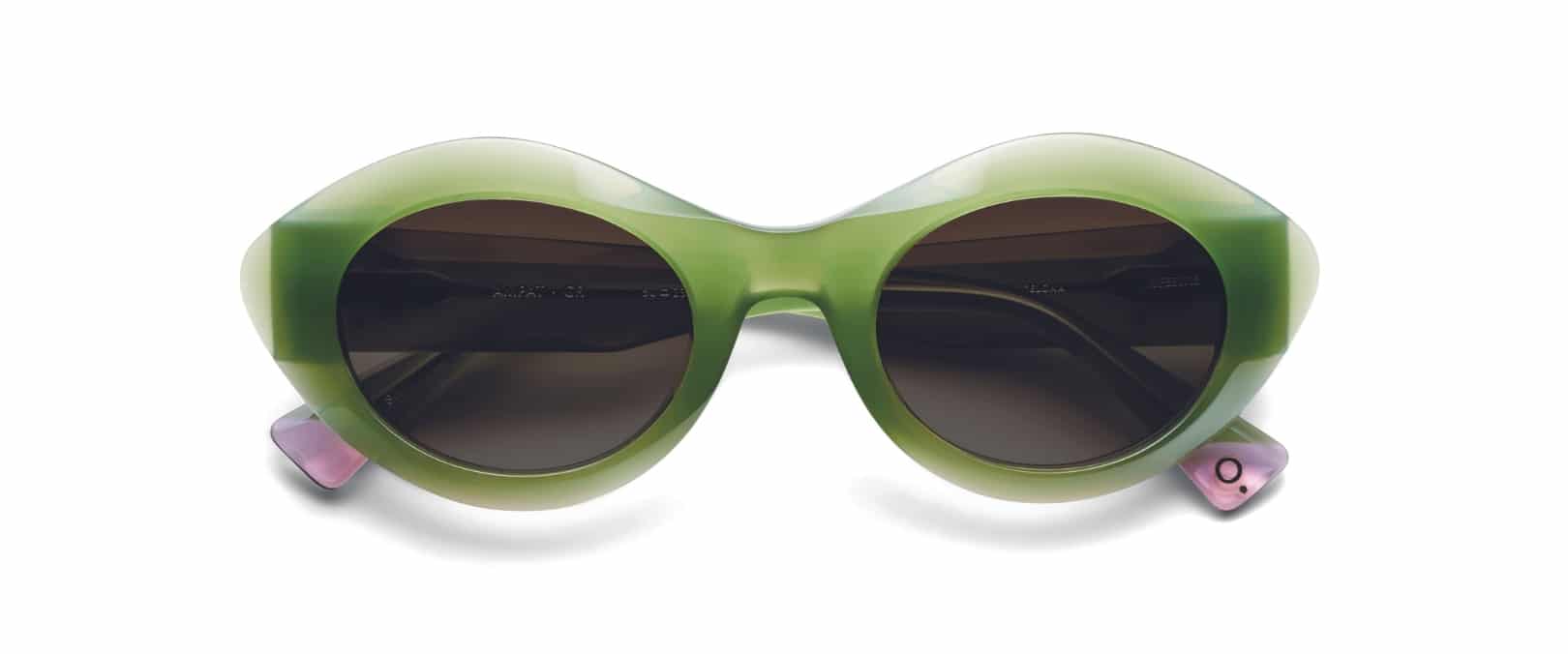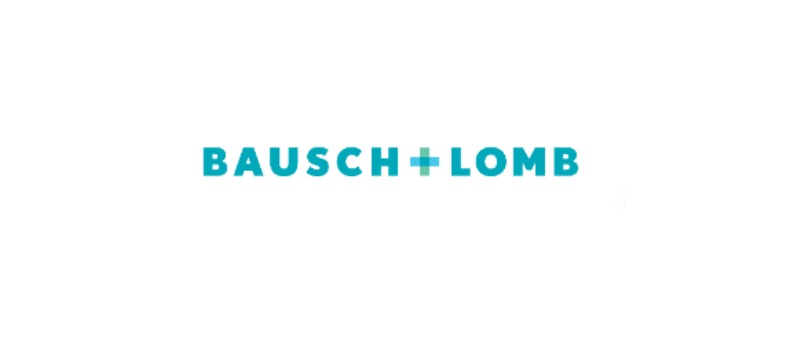Scleral Contact Lenses – An Innovative Approach for Dry Eye Disease
Thursday, July 6 2023 | 09 h 30 min | Clinical Practice, Optik Magazine
By Dr. Shaun Rawana, OD
Scleral contact lenses have steadily gained recognition and popularity over the past decade. The comfort and quality of vision that these innovative lenses provide, especially to compromised and irregular corneas, is second to none.
Although the cost of scleral lenses continues to be one of the main limiting factors in their use, advancements in technology and modern production methods have improved their affordability. As such, the application of scleral lenses to modern eye care should be reassessed, especially with respect to the benefits they can provide in the treatment and management of dry eye disease.
For the purposes of this article, we will limit our discussion to large scleral lenses that sit fully on sclera and provide a clearance of 6 mm around the visible iris diameter. Although there is literature to support the use of corneoscleral lenses in the management of mild dry eye cases, larger diameter lenses provide a greater reservoir volume, which can arguably provide a greater benefit to a comprised cornea. Additionally, larger lenses also allow for a greater distribution of weight across the lens and onto the sclera, which is beneficial to the cornea, especially those that are severely compromised.
Dry Eye Disease: A Widespread Problem
Large diameter lenses provide coverage of the ocular surface and creates an enclosed microenvironment conducive to promoting lubrication and health of the eye. The lens reservoir bathes the cornea in non-preserved saline solution keeping it moist and comfortable, while providing excellent vision. Additionally, non-preserved artificial tears that are formulated to nurture the cornea can be added to further promote comfort, healing and improved vision. For maximum benefit, and in more severe cases of dry eye, plasma-derived tears can also be used.
Most scleral lenses today are composed of a fluorosilicone acrylate material, endowing good flexibility, stability, oxygen permeability and hydrophilicity to the lens. Advances in surface coatings, specifically the Tangible Hydra PEG treatment, have shown increased comfort and improved dry eye symptoms amongst users. Comprised of essentially 90% water and almost 10% polyethylene glycol, a common component of restorative artificial tears, this treatment coats the lens in a smooth wet layer designed to maintain the natural tear film and enhance the lens wear experience. This works by permanently bonding to the lens surface, encapsulating the lens thus optimizing surface wettability, lubricity, tear stability, and resistance to deposits.
Generally, large scleral lenses have traditionally been reserved for a fit where the elevation in a corneal meridian exceeds 350 mm from its greatest to lowest points. When fitting scleral lenses therapeutically for dry eye, this may not be as critical a factor to consider; yet sagittal lens depth must still be addressed in lens design to ensure good lens stability and avoid inducing overly hypoxic conditions to the cornea.
Ironically, the non-preserved saline solution or mixture filling the reservoir that nourishes the cornea in therapeutic fittings can cause corneal swelling if the reservoir volume is too great. This is so because liquids are not ideal mediums for oxygen exchange and the greater the reservoir volume (a function of lens depth) the less likely oxygen will reach the cornea.
Large Diameter Lenses Provide Optimal Coverage of the Ocular Surface
Studies suggest a settled scleral lens with an average of 200 mm of clearance to be ideal, as overly hypoxic condition may present in deeper lenses with larger reservoirs.
Although not essential, a corneal topographer with a wide capture to the corneoscleral junction and OCT-A technology are very helpful in performing a scleral diagnostic fit. These machines can aid in designing the secondary curves of the lens and measuring the reservoir clearance, respectively.
Employing these technologies helps to limit remakes by providing more precise information to the manufacturing lab. However, it is now common for manufacturers to offer scleral trial fit sets allowing for empirical fitting. Similar to rigid gas permeable lens fittings, only a slit lamp with a cobalt blue filter and fluorescein are required. Of course, due to the size of a scleral lens and its relatively new resurgence in the ophthalmic world, many nuances and fitting guides exist. Despite the philosophy one may apply, paramount to successful scleral fits for dry eye is an adequate corneal clearance and avoidance of fitting the lens too tight, impinging blood vessels or creating conjunctival drag.
As dry eye disease has become a widespread problem leaving the cornea compromised and vision impacted, we must continue to evolve our treatments and search for novel approaches.
Today, dry eye management remains very fluid, with no set protocol as in other diseases. Yet, as with keratoconus, scleral lenses may present an end point beyond which amniotic membranes or surgical intervention may be considered.
Read Dr. Rawana’s article in the May-june issue of Optik magazine! (with full references included)








